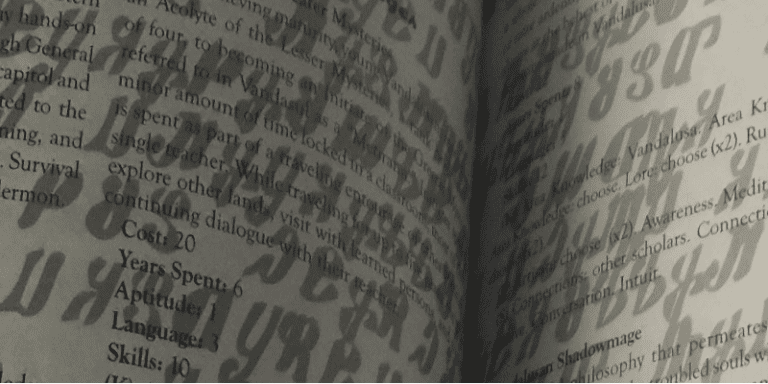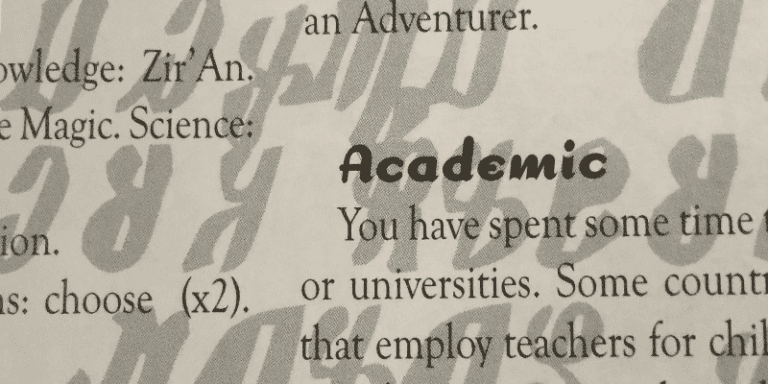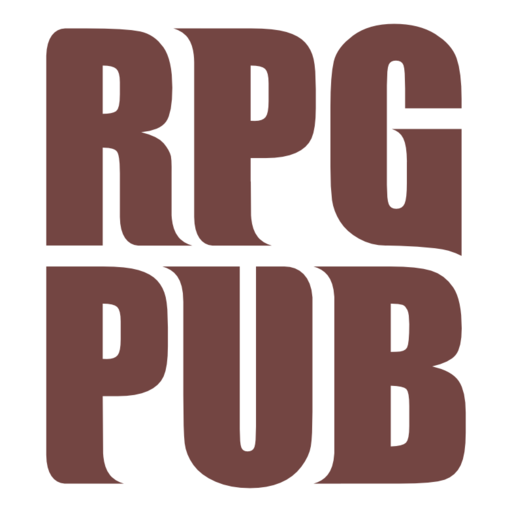Ralph Dula
Fighter of Fungi, Mortal Foe of 5E, Possibly a Cat
- Joined
- Nov 28, 2020
- Messages
- 1,823
- Reaction score
- 5,327
I’ve discovered that a game whose first edition is OOP and whose second edition has been unsupported for some time has nearly the entire line up for purchase as PDFs. With the holiday sales going on, I decided to take a look at the previews for the books for the first time.
It wasn’t until now that I learned the publisher pulled a White Wolf, with swaths of in-game text printed in odd fonts on dark backgrounds. As it is my attempts to read the previews with such text has left me able to read only a few words, along with a case of eye strain.
I’ve been informed not all the books have copious amounts of text in odd fonts, and I find myself debating buying the PDFs, then copying the odd fonts and pasting them into a Word document that made them more legible. But it got me to thinking. The Secret of Zir’An was legendary for being illegible to many, even those with good vision. From posts elsewhere I believe I’m not the only one who dropped Dark Heresy when it went to its second edition, due to issues reading the text due to the background page color.
I’m curious; If you are interested in a game but the design choices make it literally hard to read, do you stick with it, or move onto another game and forget about it?
It wasn’t until now that I learned the publisher pulled a White Wolf, with swaths of in-game text printed in odd fonts on dark backgrounds. As it is my attempts to read the previews with such text has left me able to read only a few words, along with a case of eye strain.
I’ve been informed not all the books have copious amounts of text in odd fonts, and I find myself debating buying the PDFs, then copying the odd fonts and pasting them into a Word document that made them more legible. But it got me to thinking. The Secret of Zir’An was legendary for being illegible to many, even those with good vision. From posts elsewhere I believe I’m not the only one who dropped Dark Heresy when it went to its second edition, due to issues reading the text due to the background page color.
I’m curious; If you are interested in a game but the design choices make it literally hard to read, do you stick with it, or move onto another game and forget about it?









